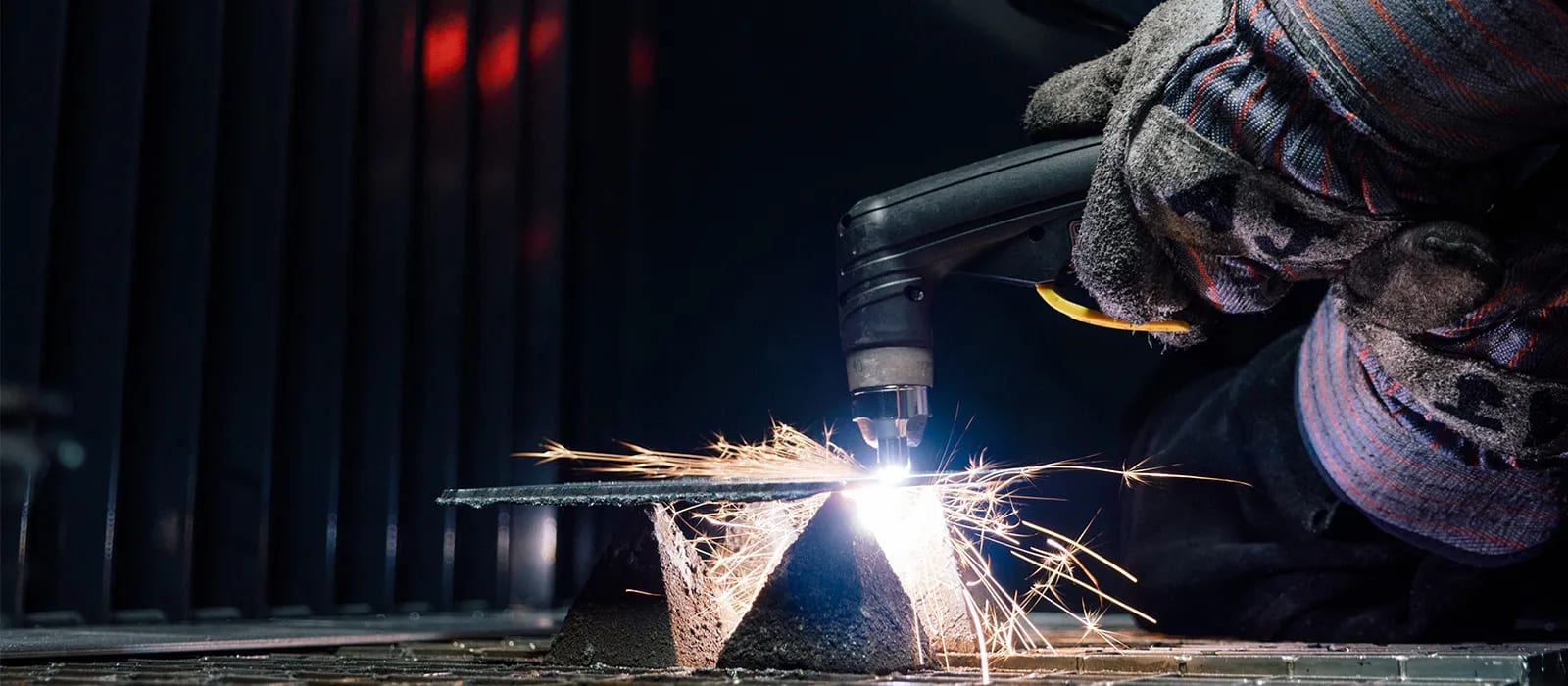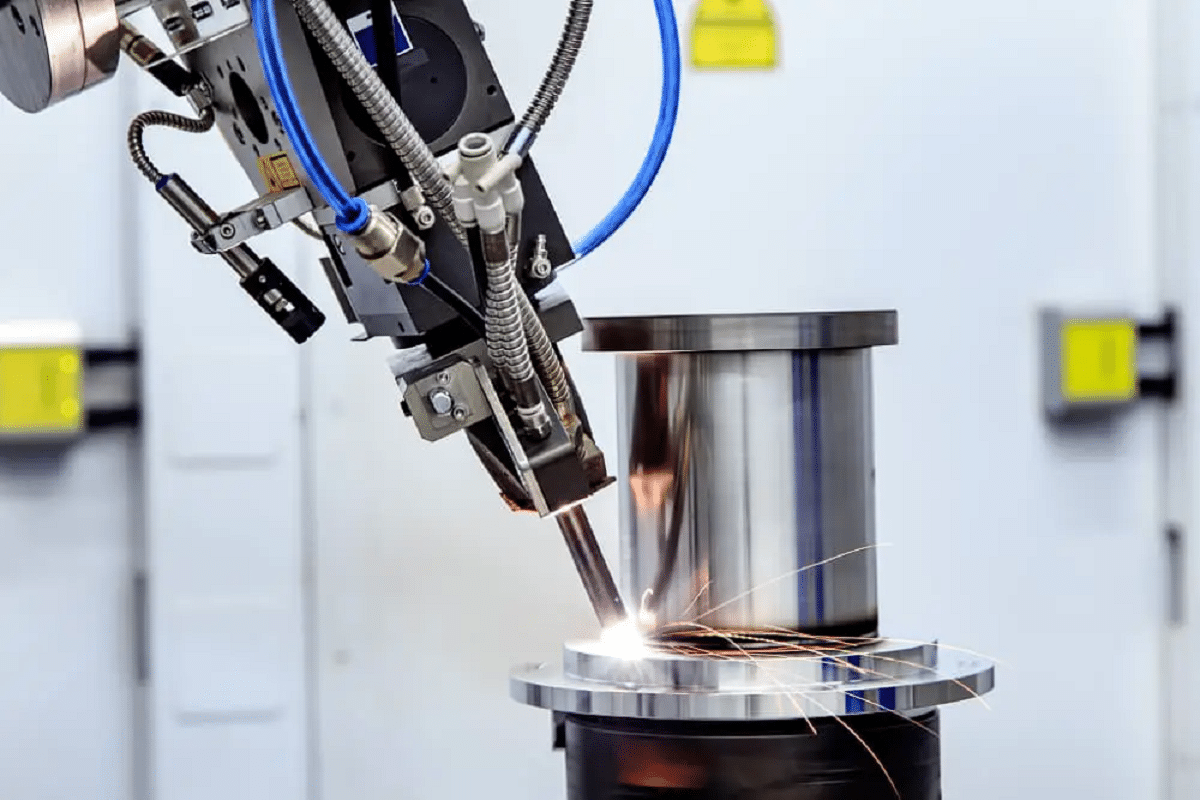Complete Guide to Preventing Weld Undercut: Tips and Techniques
Complete Guide to Preventing Weld Undercut: Tips and Techniques
Blog Article
Necessary Tips for Welders: Protecting Against Undercut Welding and Ensuring Stronger Weld Joints
In the realm of welding, achieving strong and long lasting weld joints is the cornerstone of producing top notch work. Nevertheless, one usual obstacle that welders often encounter is undercut welding, which can compromise the stability of the weld joint. By recognizing the variables that contribute to undercutting and applying the right strategies and preventative measures, welders can effectively prevent this issue and guarantee the durability and stamina of their welds. Let's explore some vital ideas that can assist welders browse this obstacle and raise the high quality of their welding jobs.

Recognizing Undercut Welding
Undercut welding is a typical welding defect that happens when the weld steel stops working to effectively fill up the groove and leads to a groove-like clinical depression along the weld bead. This flaw weakens the weld joint, making it prone to cracking and failure under stress. Damaging can be caused by different variables, including extreme welding existing, high welding speed, improper electrode angle, incorrect electrode size, and poor welding technique.
Among the main factors for undercut welding is an imbalance in between the welding existing and the welding rate. If the welding current is too high or the welding speed is also quickly, the weld metal might not properly fill up the groove, bring about undercutting. Additionally, utilizing an electrode that is also huge can result in a similar result, as the excess steel can not effectively move into the groove.
To avoid undercut welding, welders must guarantee they are making use of the correct welding parameters, preserve an appropriate electrode angle, select the proper electrode dimension, and technique proper welding techniques. By dealing with these elements, welders can reduce the danger of undercutting and produce more powerful, a lot more trustworthy weld joints.
Correct Welding Strategy
Reliable welding strategy plays a critical role in ensuring the quality and integrity of weld joints. Correct welding strategy entails a mix of accuracy, ability, and adherence to ideal methods. One essential aspect of proper welding strategy is preserving the correct angle and range in between the welding gun and the workpiece. Welders have to likewise pay close focus to the travel rate and warm input to stop issues like damaging, porosity, or incomplete fusion.
Furthermore, a constant and constant hand activity is necessary for creating solid and resilient weld joints. Welders need to intend for smooth, uniform motions to ensure also distribution of the weld material. Correct manipulation of the welding gun and filler product is additionally vital to achieving optimal infiltration and fusion.
Furthermore, controlling the warm input and picking the suitable welding criteria based on the material being bonded are vital variables in accomplishing high-quality welds - Preventing weld undercut. Welders ought to adhere to the recommended setups offered by welding procedure requirements and adjust them as needed based upon the details requirements of the job. By mastering proper welding methods, welders can dramatically enhance the stamina and dependability of their weld joints
Picking the Right Electrode
Maintaining the right angle and range in between the welding weapon and the work surface is fundamental when thinking about the value of picking the right electrode in welding applications. The selection of electrode plays an essential role in identifying the high quality and toughness of the wikipedia reference weld joint. Electrodes can be found in numerous kinds, each made for details objectives and products.
To start with, selecting the suitable electrode diameter is important. Thinner electrodes are suitable for welding thin products, while thicker electrodes are much better for thicker products and higher warm applications. Matching the electrode diameter to the thickness of the workpiece aids attain a well balanced weld.
Secondly, understanding the material composition of the electrode is vital. Various electrodes are made for welding details materials like steel, stainless steel, light weight aluminum, or cast iron. Making use of the proper electrode product makes sure great fusion and reduces the risk of defects in the weld.
Lastly, taking into consideration the welding placement and method is important when choosing the electrode kind. As an example, particular electrodes are much better suited for upright or above welding placements, while others work well for level or straight positions. Choosing the best electrode based upon the welding method enhances the total weld high quality and honesty.
Preparing the Base Metal
To make certain an effective welding process, what preliminary actions should be taken when preparing the base steel for welding? Additionally, any type of existing weld product or deposit from previous welding need to be gotten rid of to guarantee a tidy surface area for the brand-new weld.

Conducting Post-Weld Inspections

After carrying out these assessments, welders should contrast the results against industry standards and task needs to make sure that the weld joint satisfies all required criteria. Any kind of insufficiencies or inconsistencies found during the post-weld inspection needs to be without delay find more attended to through suitable corrective measures to assure the weld's stability. By diligently executing post-weld assessments and quickly addressing any kind of problems, welders can support the quality and integrity of their work, inevitably contributing to the safety and long life of the welded frameworks.
Conclusion

In conclusion, protecting against undercut welding and guaranteeing more powerful weld joints call for a combination of proper welding strategy, choosing the best electrode, preparing the base steel properly, and performing post-weld evaluations. By understanding the root causes of undercut welding and implementing the needed precautions, welders can create top notch weld joints that meet market criteria and guarantee the architectural honesty of the welded elements.
Undercut welding is an usual welding defect that happens when the weld metal stops working to effectively fill the groove and results in a groove-like anxiety along the weld grain (Preventing weld undercut). Undercutting can be triggered by different variables, including excessive welding existing, high welding speed, improper electrode angle, inaccurate electrode dimension, and inadequate welding technique
One of the main reasons for undercut welding is a discrepancy between the welding present and the welding speed. If the welding current is as well high or the welding speed is as well quickly, the weld steel might not sufficiently fill up the groove, leading to damaging.Keeping the proper angle and distance between the welding weapon and the work surface is essential when taking into consideration the relevance of picking the right electrode in article source welding applications.
Report this page